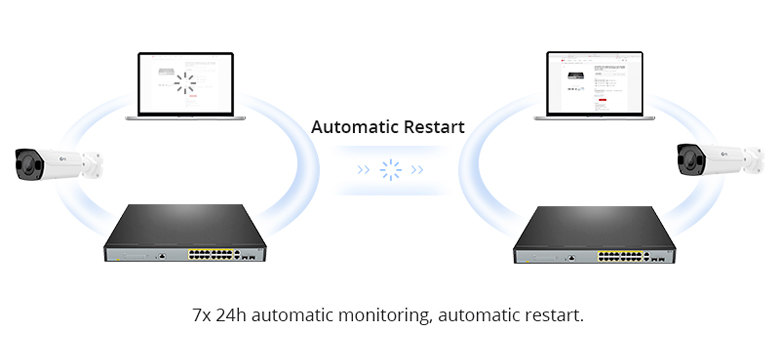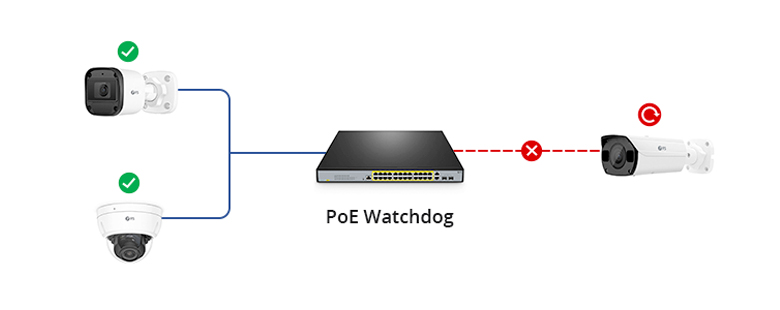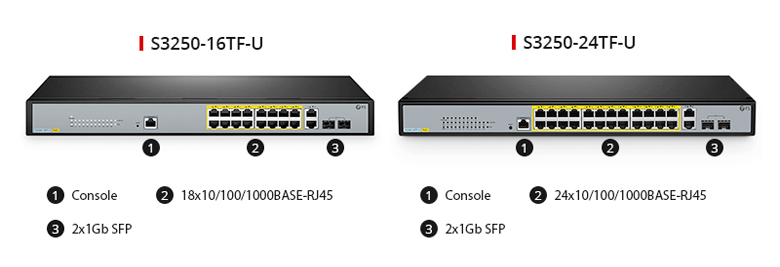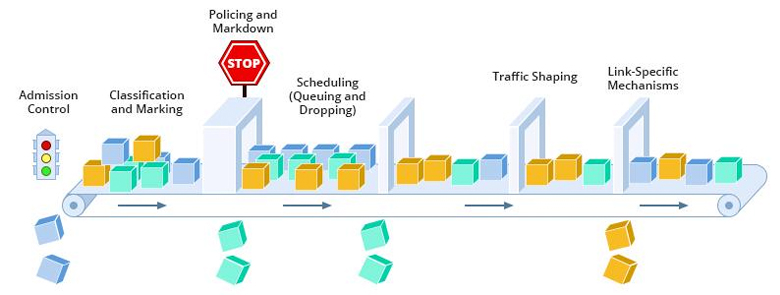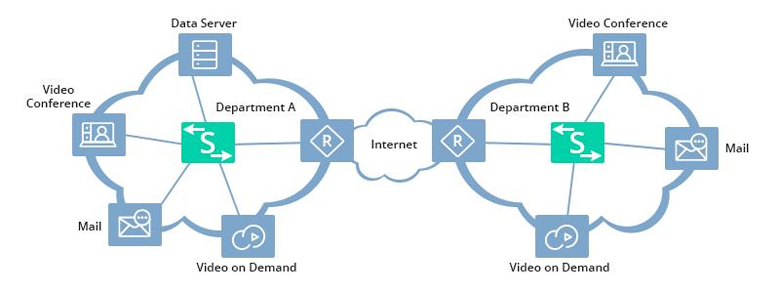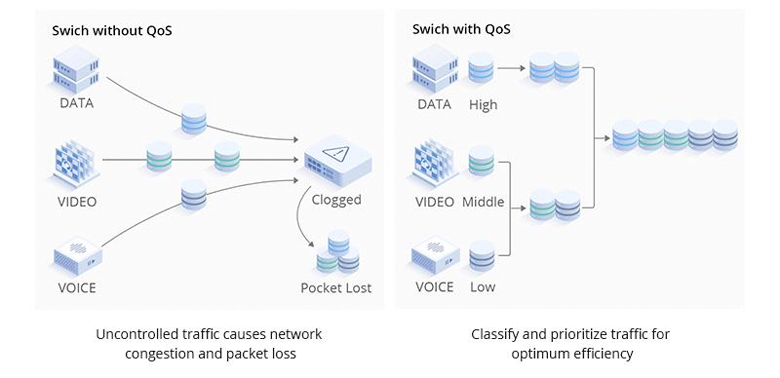Amidst the digital revolution of our hyper-connected era, propelled by innovations like Wi-Fi 6 and the ubiquitous presence of smart devices, the hunger for high-performance wireless networks is insatiable. Whether you’re at the helm of a small business, navigating the complexities of a large enterprise, or crafting a productive home office, the need for seamless connectivity and streamlined network management is paramount. Enter the FS S3410 Series PoE+ Switches, poised to revolutionize your wireless experience with transformative solutions.
Why Opt for a Robust Wireless Network?
Seamless Connectivity
FS PoE switches and WiFi 6 access points combine to create a wireless network that delivers uninterrupted connectivity. This enables users to move seamlessly within the network’s coverage area, guaranteeing a smooth and consistent user experience without disruptions.
Enhanced Productivity
The integration of FS PoE switches and APs, managed through the Airware platform, fosters an environment where employees can work more efficiently. This increased productivity is achieved through reliable and high-speed wireless connections, minimizing downtime and delays.
Robust Security
The FS solution prioritizes network security, employing advanced security protocols and features such as portal authentication and AAA integration. This comprehensive security infrastructure protects against threats like DDOS attacks, URL filtering, and ARP spoofing, providing businesses with peace of mind, safeguarding sensitive data, and ensuring uninterrupted business operations.

Unlocking Wireless Network Potential
The FS S3410 Series PoE+ Switches are designed to empower your wireless network with features that ensure reliability, performance, and flexibility. Let’s delve into the key features that make them an ideal choice for enhancing your wireless network:
- High-Speed Connectivity: These switches provide Gigabit access with Power over Ethernet Plus (PoE+) capabilities, minimizing latency and optimizing network performance.
- Power over Ethernet (PoE): With PoE capabilities, they efficiently power devices such as access points, security cameras, and IP phones, simplifying installation and reducing costs.
- Airware Cloud Management: Offering flexible local and Airware cloud-based management options, these switches streamline day-to-day operations and enhance overall efficiency.
- Reliability: Equipped with a built-in Broadcom chip, the S3410 Series PoE switches prioritize network reliability with redundant hardware components, ensuring uninterrupted operation even in hardware failure scenarios.
Unleash Seamless Connectivity with FS Access Points
Access Points (APs) are like the bridge between your devices and the network. They extend the wireless network’s coverage, ensuring that every nook and cranny has a strong signal. FS provides various types of APs to choose from, each catering to specific needs. For instance, the “wifi 6 access point” offers cutting-edge Wi-Fi technology, while the “ceiling mount access point” discreetly blends into your environment, providing unobtrusive coverage.
Effortless Network Management with FS Airware Cloud Platform
The Airware Cloud platform simplifies network management, providing a user-friendly interface that enables you to configure, monitor, and analyze your network from anywhere. Remote configuration allows you to make changes without being physically present, saving time and resources. The platform also delivers valuable insights through comprehensive analytics, ensuring optimal network performance.

Conclusion
Unleash the full potential of your wireless network with FS PoE+ Switches and cloud-managed access points. Enjoy high-speed connectivity, advanced management, and security. Discover more at FS.com.
Related Articles:
FS 24-Port PoE Switch: Power Your Network for High-quality VoIPManaged vs Unmanaged Switch: Which One Can Satisfy Your Real Need?
Understanding IEEE 802.3bt High Power PoE (Hi-PoE)FS S5860-24XB-U PoE Switch Guarantees High-reliability Power Supply





